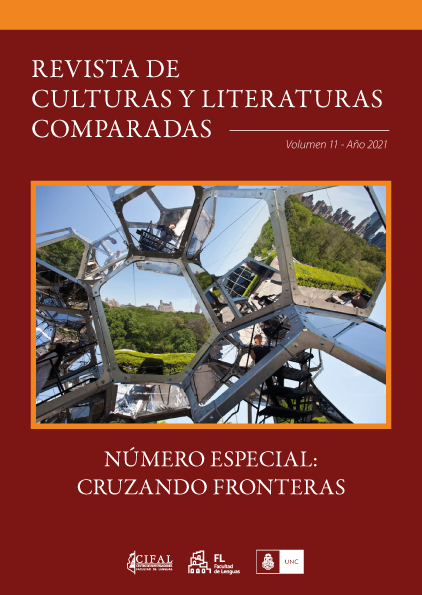Etonne-moi: Cocteau-Satie-Picasso
Keywords:
Cocteau, Satie, Picasso, ballet, avant-gardeAbstract
Châtelet in Paris. This is Parade, one of the classics of the Ballets Russes, a successful company directed by Serge Diaghilev that brought together some of the most audacious artists of the moment: the still young, but already controversial poet Jean Cocteau; a mature but equally revolutionary Erik Satie; and Pablo Picasso, searching in those times for a neorealist style that would renew his art. Once the shock has been overcome, it is undeniable that it is the first modern ballet in its entirety, which accounts for the experimental and visionary capacity of the artistic expressions residing in the City of Light and that would be a great stimulus for subsequent forays into the world. artistic from all points of view, plastic, musical, narrative, and choreographic. Guillaume Apollinaire defined it as "une sorte de surréalisme", thus coining the term with which the most radical movement that has been erected against all canonized reality will be identified. The objective of our work will be to observe what made Parade unique: its conception, the process for its realization and its repercussions, especially the traces it will leave in the history of the performing arts.
Downloads
References
Bernheim, Cathy. Valentine Hugo. Barcelona: Parcifal Ediciones, 1991.
Cocteau, Jean. Théâtre complet. París: Gallimard, 2003.
Fraigneau, André. Cocteau par lui-même. Paris: Minuit,1969.
Menaker Rothschild. Picasso’s “Parade”. Londres: Sotheby’s Publications, 1991.
Satie, Erik. Sobre música, músicos y otras memorias. Santiago de Chile: La Pollera Ediciones, 2018.
Catálogo de la subasta (Apollinaire, Cocteau y otros) en el Hôtel Drouot –sala 8, jueves 31 de marzo 2011. Bibliorare.com. Web. 14 nov 2018.
Downloads
Published
Issue
Section
License

This work is licensed under a Creative Commons Attribution-NonCommercial-NoDerivatives 4.0 International License.
Aquellos/as autores/as que tengan publicaciones con esta revista, aceptan los términos siguientes:
a) Los/as autores/as conservarán sus derechos de autor y garantizarán a la revista el derecho de primera publicación de su obra, el cual estará simultáneamente sujeto a la Licencia de reconocimiento de Creative Commons.
b) La cesión de derechos no exclusivos implica que la publicación de los artículos en la presente revista no quita la posibilidad o el derecho al autor/a de publicar su obra de manera posterior en otras revistas u órganos editoriales y la autorización por parte de los/as autores/as para que el trabajo sea depositado en los repositorios institucionales, tales como el Portal de Revistas de la Universidad Nacional de Córdoba.



